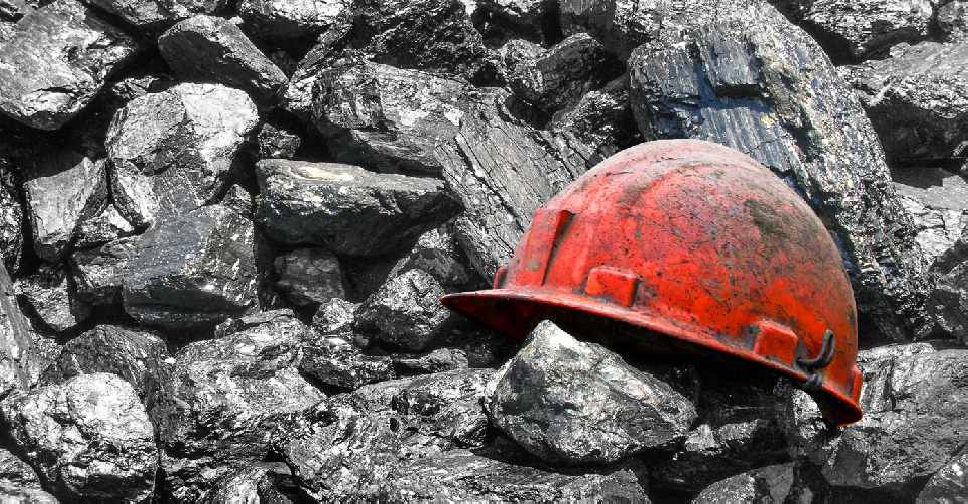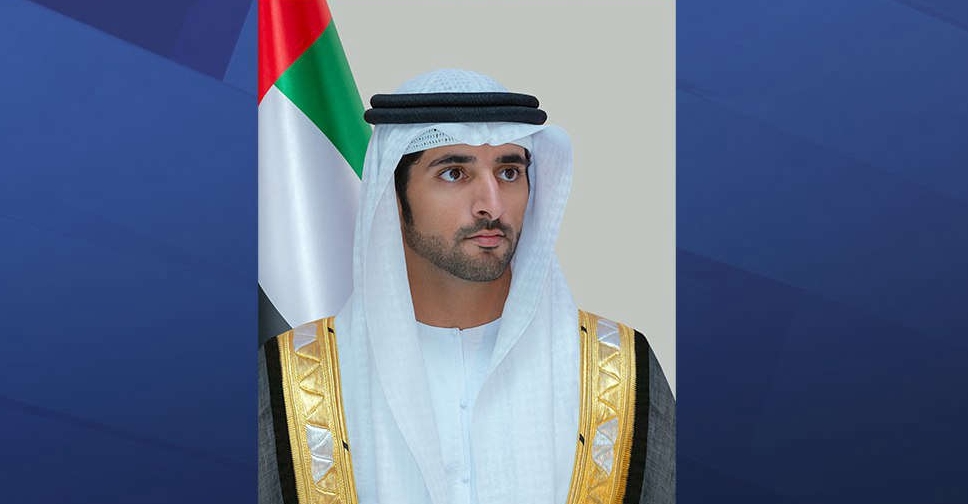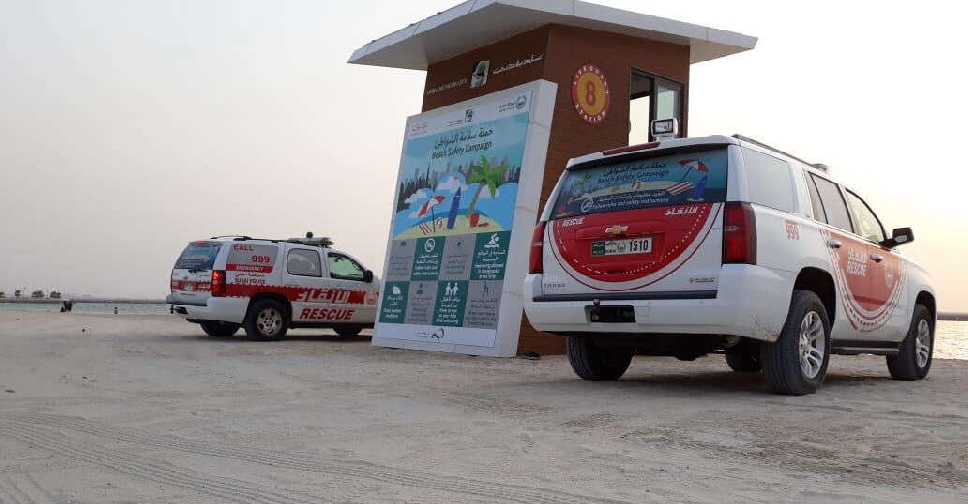
An Indian spacecraft landed on the moon on Wednesday in a mission seen as crucial to lunar exploration and India's standing as a space power, just days after a similar Russian lander crashed.
For India, the successful landing marks its emergence as a space power as the government looks to spur investment in private space launches and related satellite-based businesses.
People across the country were glued to television screens and said prayers as the spacecraft approached the surface.
The Chandrayaan-3 spacecraft landed on the lunar south pole, the Indian Space Research Organisation (ISRO) said.
Chandrayaan-3 Mission:
— ISRO (@isro) August 23, 2023
'India🇮🇳,
I reached my destination
and you too!'
: Chandrayaan-3
Chandrayaan-3 has successfully
soft-landed on the moon 🌖!.
Congratulations, India🇮🇳!#Chandrayaan_3#Ch3
This was India's second attempt to land a spacecraft on the moon and comes less than a week after Russia's Luna-25 mission failed.
Chandrayaan means "moon vehicle" in Hindi and Sanskrit.
In 2019, ISRO's Chandrayaan-2 mission successfully deployed an orbiter but its lander crashed.
The Chandrayaan-3 is expected to remain functional for two weeks, running a series of experiments including a spectrometer analysis of the mineral composition of the lunar surface.
The moon rover will take a few hours or a day to come out of the spacecraft, said S. Somanath, chief of ISRO, adding that the landing has given India confidence to extend its reach to possible voyages to Mars and Venus.
The landing is expected to boost India's reputation for cost-competitive space engineering.
The Chandrayaan-3 was launched with a budget of about 6.15 billion rupees ($74 million), less than the cost to produce the 2013 Hollywood space thriller "Gravity".
Rough terrain makes a south pole landing difficult, and a first landing is historic. The region's ice could supply fuel, oxygen and drinking water for future missions.
"Landing on the south pole would actually allow India to explore if there is water ice on the moon. And this is very important for cumulative data and science on the geology of the moon," said Carla Filotico, a partner and managing director at consultancy SpaceTec Partners.


 No evidence alleged Bondi gunmen received military training in Philippines
No evidence alleged Bondi gunmen received military training in Philippines
 At least 12 killed in Nigeria mining site attack
At least 12 killed in Nigeria mining site attack
 Russian attack on Ukraine's central Cherkasy injures six, causes blackouts
Russian attack on Ukraine's central Cherkasy injures six, causes blackouts
 UN, aid groups warn Gaza operations at risk from Israel impediments
UN, aid groups warn Gaza operations at risk from Israel impediments
 Israel approves natural gas deal with Egypt, Netanyahu says
Israel approves natural gas deal with Egypt, Netanyahu says




